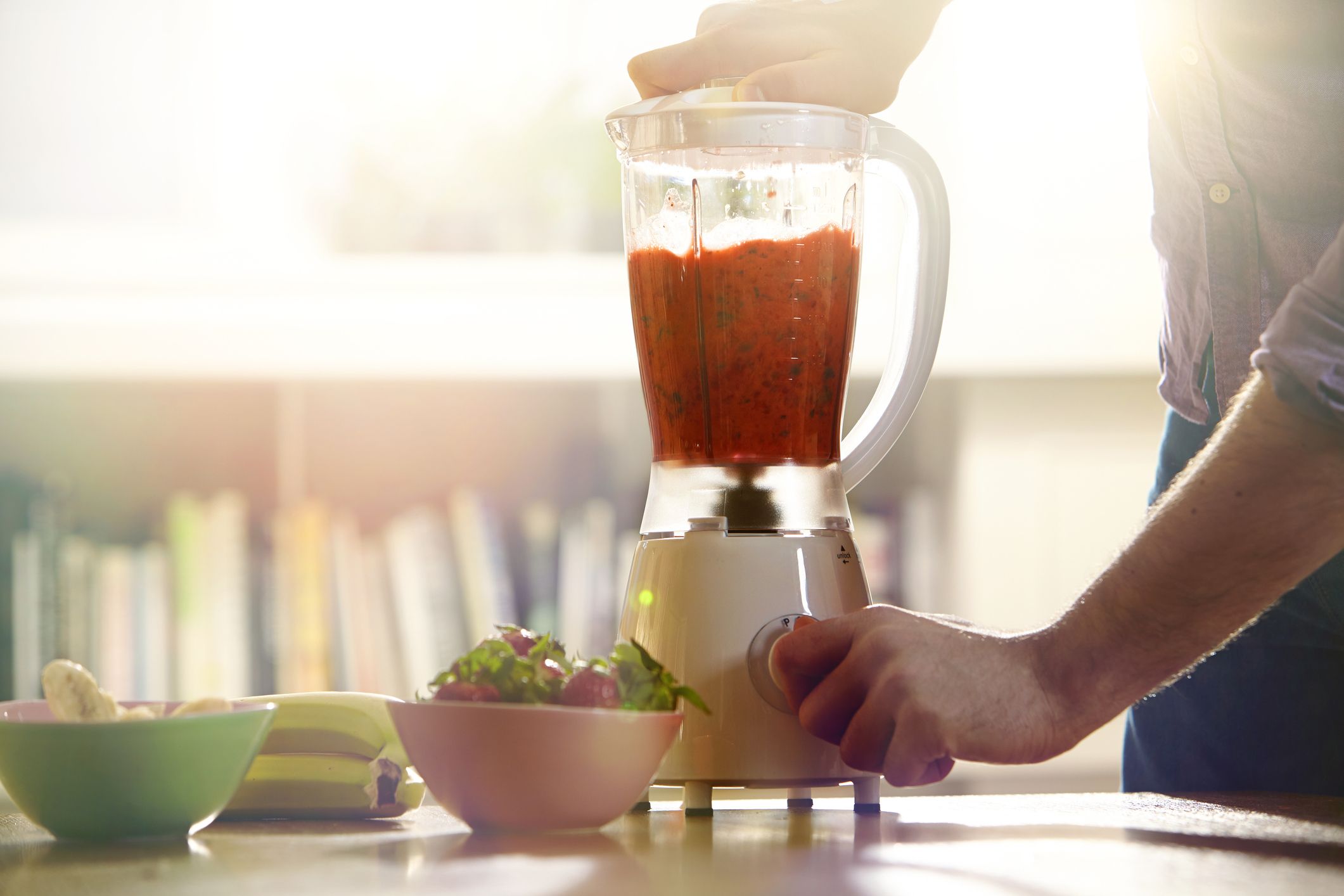

Articles
What To Use A Blender For
Modified: January 20, 2024
Discover various creative uses of a blender with our informative articles. Learn how to make smoothies, soups, sauces, and more to elevate your culinary skills.
(Many of the links in this article redirect to a specific reviewed product. Your purchase of these products through affiliate links helps to generate commission for Storables.com, at no extra cost. Learn more)
Introduction
Welcome to the wonderful world of blenders! These versatile kitchen appliances have become a staple in households around the world, offering convenience and efficiency in food preparation. When it comes to blending, the possibilities are endless. Whether you’re a health enthusiast, a culinary adventurer, or a busy parent looking for quick and nutritious meal options, a blender can be your best friend.
In this article, we will explore various ways you can make the most of your blender. From blending fruits and vegetables to creating delicious smoothies, mixing soups and sauces, grinding coffee and spices, and so much more, you’ll discover the diverse capabilities of this incredible kitchen tool.
So, let’s dive in and uncover the incredible uses of a blender that can enhance your culinary experience and simplify your meal preparation process.
Key Takeaways:
- Embrace the versatility of a blender to effortlessly create nutrient-rich smoothies, homemade nut butters, and wholesome baby food, elevating your culinary skills and simplifying meal preparation.
- Let your blender become your trusted companion in the kitchen, from effortlessly mixing pancake batter to creating light and airy whipped desserts, adding creativity and excitement to your culinary adventures.
Read more: What Is A Pastry Blender Used For
Blending Fruits and Vegetables
One of the primary uses of a blender is to blend fruits and vegetables. Whether you’re looking to create a refreshing fruit smoothie or a nutritious green juice, a blender can make the process a breeze.
By combining your favorite fruits and vegetables with a liquid base, such as water or juice, and blending them together, you can create delicious and nutrient-rich beverages. The high-speed blades of the blender help break down the fibers and release the vitamins, minerals, and antioxidants locked within the fruits and vegetables, making it easier for your body to absorb these essential nutrients.
Blending fruits and vegetables allows you to enjoy a wide variety of flavors and enrich your diet with natural goodness. You can experiment with different combinations to create unique smoothies that suit your taste preferences and dietary needs. From tropical delights like mango and pineapple to refreshing greens like spinach and kale, the options are endless.
In addition to creating smoothies, blending fruits and vegetables can also be a great way to incorporate more nutrition into other recipes. You can blend vegetables into soups and sauces for added flavor and antioxidants, or even incorporate pureed fruits into your dessert recipes for a healthier twist.
Overall, blending fruits and vegetables in a blender offers a convenient and enjoyable way to increase your daily intake of vitamins and minerals, support your immune system, and promote overall well-being.
Making Smoothies and Shakes
When it comes to creating delicious and nutritious beverages, a blender is a must-have tool. One of the most popular uses of a blender is to make smoothies and shakes.
Smoothies are a versatile option that allows you to combine fruits, vegetables, yogurt, milk, or plant-based milk, and other ingredients to create a thick and creamy drink. With a blender, you can easily blend all the ingredients together to achieve a smooth consistency. Whether you prefer a fruity blend, a green smoothie packed with leafy greens, or a protein-packed shake, a blender can handle it all.
Smoothies are not only delicious but also incredibly customizable. You can experiment with different flavors, textures, and nutritional add-ins to suit your preferences and dietary needs. Adding ingredients like chia seeds, flaxseeds, protein powder, or nut butter can give your smoothie an extra nutritional boost. You can also sweeten it with a touch of honey or dates if desired.
In addition to being refreshing and satisfying, smoothies can be a great way to incorporate nutrients into your diet. They offer a convenient way to consume a variety of fruits and vegetables, providing you with essential vitamins, minerals, fiber, and antioxidants.
Shakes, on the other hand, are typically a bit more indulgent and dessert-like in nature. With a blender, you can easily blend ice cream, milk or plant-based alternatives, and flavorings to create mouthwatering shakes. Whether you prefer classic flavors like chocolate or vanilla, or more adventurous options like cookies and cream or strawberry cheesecake, a blender can help you achieve a smooth and creamy consistency.
So whether you’re looking for a refreshing and nutrient-packed smoothie or a treat-like shake, a blender is an essential tool to have in your kitchen arsenal.
Mixing Soups and Sauces
A blender can be a game-changer when it comes to preparing soups and sauces. It provides a convenient and efficient way to achieve smooth and velvety textures, without the need for excessive stirring or straining.
When making soups, a blender can easily transform hot or cooked ingredients into a creamy and well-blended consistency. Whether you’re making a classic tomato soup, a vibrant butternut squash soup, or a comforting broccoli cheddar soup, a blender can help you achieve that desired smoothness. Simply transfer your cooked ingredients into the blender, and with a few pulses or a longer blend, you’ll have a perfectly textured soup ready to be served.
In addition to soups, a blender can also come in handy for mixing various types of sauces. Whether you’re making a marinara sauce, a pesto, or a creamy alfredo sauce, a blender can help you achieve a consistent texture and blend all the flavors together. This is especially useful when you’re working with ingredients like herbs, garlic, onions, or nuts that need to be finely chopped and integrated into the sauce.
Blending soups and sauces not only ensures a smoother texture but can also help to evenly distribute flavors throughout the dish. It can help to incorporate ingredients like spices, herbs, or seasonings, resulting in a more balanced and flavorful finished product.
Furthermore, using a blender for soups and sauces can save you time and effort in the kitchen. Instead of manually pureeing or mashing ingredients, a blender can do the job quickly and efficiently. It eliminates the need for multiple utensils and allows you to achieve the desired consistency with minimal fuss.
Overall, whether you’re looking to make a comforting soup or a flavorful sauce, a blender can be a valuable tool to ensure smooth and perfectly blended results.
Creating Homemade Nut Butters and Spreads
If you’re a fan of nut butters and spreads, you’ll be delighted to know that a blender can help you create your own homemade versions with ease. Whether you prefer classic peanut butter or enjoy experimenting with almond butter, cashew butter, or even sunflower seed butter, a blender can be your secret weapon in the kitchen.
Making nut butter at home allows you to have complete control over the ingredients and customize the flavors to suit your taste preferences. With just a handful of nuts, a touch of oil, and a pinch of salt, you can create a rich and creamy spread right in the comfort of your own kitchen.
Simply add your choice of roasted or raw nuts into the blender and blend them until they turn into a smooth and creamy consistency. You may need to stop and scrape down the sides of the blender a few times to ensure even blending. You can also experiment with different flavor variations by adding ingredients like honey, cinnamon, cocoa powder, or even vanilla extract.
The process of making homemade nut butter in a blender not only saves you money but also allows you to avoid any unnecessary additives or preservatives found in store-bought versions. It’s a healthier alternative that retains the natural oils and nutrients present in the nuts, making it a nutritious addition to your meals and snacks.
In addition to nut butters, you can also use a blender to create a variety of spreads. Whether you’re looking to whip up a hummus dip, a creamy avocado spread, or a flavorful pesto, a blender can help you achieve the desired texture and consistency. Simply combine the ingredients in the blender, pulse a few times, and you’ll have a delicious spread ready to be enjoyed.
So, channel your inner chef and let your blender work its magic to create homemade nut butters and spreads that are not only tasty but also healthier alternatives to store-bought options.
Read more: What Type Of Blender Does Starbucks Use
Grinding Coffee and Spices
A blender is not just limited to creating delicious food and beverages; it can also be a handy tool for grinding coffee beans and spices. Whether you’re a coffee lover who enjoys freshly ground beans or a culinary enthusiast who loves to experiment with spices, a blender can help you achieve the perfect grind.
When it comes to grinding coffee beans, a blender can be a convenient and cost-effective alternative to a dedicated coffee grinder. Simply add your desired amount of coffee beans into the blender and pulse it a few times until you achieve the desired consistency. However, it’s important to note that blenders may not be as precise as coffee grinders, so it’s recommended to use short bursts of blending to avoid overheating the beans or creating an uneven grind.
Similarly, a blender can be used to grind a variety of spices, such as cumin, coriander, cinnamon, or even whole peppercorns and dried chilies. By pulsing the spices in the blender, you can break them down into a fine powder or achieve a coarser consistency, depending on your recipe requirements.
One of the advantages of using a blender for grinding coffee and spices is that you have the freedom to control the size and texture of the grind. Whether you prefer a coarse grind for French press coffee or a fine powder for espresso, or a coarse or fine grind for your spices, a blender allows you to customize the grind to suit your needs.
However, it’s important to clean the blender thoroughly after grinding coffee or spices to avoid any lingering flavors or aromas. You can simply blend a small amount of warm soapy water and run it through the blender, followed by rinsing it thoroughly.
So, whether you’re looking to enjoy a freshly brewed cup of coffee or add a punch of flavor to your culinary creations, a blender can be a versatile tool for grinding coffee beans and spices to enhance your culinary experience.
A blender can be used for making smoothies, soups, sauces, and even homemade nut butter. It’s also great for crushing ice and making frozen cocktails.
Making Homemade Baby Food
When it comes to introducing solid foods to your little one, making homemade baby food can be a rewarding and nourishing experience. With a blender, you can easily prepare fresh and wholesome meals for your baby, ensuring they receive the best nutrition during this crucial stage of development.
Blending fruits, vegetables, and other ingredients can help you create a variety of purees and mashes that are tailored to your baby’s needs and preferences. By using fresh and organic produce, you have control over the quality and freshness of every ingredient.
Start by selecting a variety of baby-friendly fruits and vegetables, such as sweet potatoes, peas, avocado, bananas, or apples. Steam or boil the ingredients until they become soft and easily mashable. Then, transfer them to the blender and blend until you achieve a smooth consistency. If needed, you can add a small amount of breast milk, formula, or water to thin out the puree.
The beauty of making homemade baby food is that you can experiment with different flavors and combinations to introduce a range of tastes to your baby’s palate. You can also gradually increase the texture of the purees as your baby grows and develops their chewing skills.
Using a blender for homemade baby food allows you to create nutrient-rich meals packed with vitamins, minerals, and fiber without any added preservatives or artificial ingredients. It ensures that your baby receives the goodness of whole, real foods right from the start.
Another advantage of making baby food in a blender is that you can prepare larger batches and store them in portion-sized containers or ice cube trays. This makes it convenient for quick and easy meals for your little one throughout the week. Simply thaw and heat the pre-prepared meals as needed.
By making homemade baby food, you can introduce your baby to a wide variety of flavors, textures, and nutrients, setting the stage for a lifetime of healthy eating habits. It also gives you peace of mind knowing exactly what goes into your baby’s meals.
So, embrace the joy of preparing homemade baby food with your blender and provide your little one with the best start in their food journey.
Crushing Ice and Making Frozen Treats
When it comes to cooling down on a hot summer day or satisfying your sweet tooth with a frozen treat, a blender can be your go-to tool. With its powerful blades and versatile functions, a blender can effortlessly crush ice and help you create a wide range of delicious frozen treats.
Crushing ice is a breeze with a blender. Simply add the desired amount of ice cubes into the blending jar, secure the lid tightly, and pulse the blender a few times until the ice is crushed into small, uniform pieces. This crushed ice can be used to make refreshing beverages like slushies, smoothies, or cocktails, adding a delightful icy texture to your drinks.
In addition to crushing ice, a blender can help you make a variety of frozen treats. Whether you’re in the mood for homemade ice cream, sorbet, or frozen yogurt, a blender can do the job. The process involves blending together ingredients like frozen fruit, dairy or non-dairy milk, sweeteners, and any additional flavors or mix-ins you desire.
By blending these frozen treat ingredients, you can achieve a smooth and creamy consistency, similar to that of commercially made frozen desserts. The high-speed blades of the blender effectively break down the frozen ingredients and create a velvety texture that is both satisfying and refreshing.
Experimenting with different flavors and combinations is one of the joys of making frozen treats with a blender. You can try classic flavors like strawberry, chocolate, or vanilla, or get creative with unique combinations like mango-raspberry, mint-chocolate chip, or coconut-lime.
In addition to making frozen treats for immediate consumption, a blender can also help you create frozen treats that can be stored for later enjoyment. For example, you can pour your blended mixture into popsicle molds and freeze them to make delicious homemade popsicles. These frozen treats are not only a great way to cool off during the summer but also a healthier alternative to store-bought options.
So, whether you’re craving a refreshing slushie, a creamy ice cream, or a tempting popsicle, a blender can be your trusted companion in creating delicious frozen treats that will satisfy your cravings and keep you cool.
Mixing Pancake and Waffle Batter
For breakfast enthusiasts, a blender can be a handy tool when it comes to mixing pancake and waffle batter. Instead of whisking the ingredients by hand, a blender can save you time and effort while ensuring a smooth and consistent batter.
When making pancake or waffle batter, the key to achieving fluffy and evenly mixed results is to combine the wet and dry ingredients thoroughly. With a blender, you can easily achieve this in a fraction of the time. Simply add the wet ingredients, such as milk, eggs, and melted butter, into the blender jar. Then, add the dry ingredients, such as flour, baking powder, sugar, and a pinch of salt. Blend the mixture on low or pulse until all the ingredients are well incorporated and you have a smooth batter.
One of the advantages of using a blender for pancake or waffle batter is that it helps eliminate lumps. The high-speed blades are effective in breaking down any clumps of flour or other dry ingredients, resulting in a smooth and lump-free batter.
Another benefit of using a blender is that it incorporates air into the batter, which is essential for achieving light and fluffy pancakes or waffles. The blending process introduces tiny air bubbles, giving the batter a light and airy texture.
Furthermore, a blender allows you to easily customize your pancake or waffle batter. You can add additional flavors and mix-ins, such as chocolate chips, blueberries, or cinnamon, by simply blending them into the batter. This ensures that the flavors are evenly distributed throughout the mixture.
Using a blender for mixing pancake or waffle batter also makes the cleanup process a breeze. Instead of multiple bowls, whisks, and utensils, you only need to clean the blender jar and blades, saving you time and effort in the kitchen.
So, the next time you’re craving pancakes or waffles for breakfast, grab your blender and let it do the mixing. Enjoy perfectly blended batter that guarantees fluffy and delicious breakfast treats to start your day off right.
Read more: What Blender Does Jamba Juice Use
Whipping Cream and Making Whipped Desserts
When it comes to creating light and fluffy desserts, a blender can be a useful tool for whipping cream and making whipped desserts. Whether you’re craving a dollop of whipped cream on top of your favorite dessert or want to create a delectable mousse or frosting, a blender can help you achieve deliciously whipped creations.
To whip cream in a blender, ensure that your cream is chilled and pour it into the blender jar. You can add a touch of sugar or vanilla extract for added flavor, if desired. Start blending on a low speed and gradually increase the speed as the cream thickens. Keep a close eye on the consistency to avoid over-whipping. Within a few minutes, you’ll have light and fluffy whipped cream ready to enhance your desserts.
One advantage of using a blender for whipping cream is that it saves you valuable time and effort compared to using a manual whisk or hand mixer. The high-speed blades of the blender quickly incorporate air into the cream, resulting in a beautifully whipped texture.
In addition to whipping cream, a blender can also be used to make various whipped desserts. By combining different ingredients like cream cheese, sugar, and flavorings, you can create delicious mousses, frostings, and even homemade buttercream. The blender effectively incorporates the ingredients, creating a smooth and creamy texture.
Whipped desserts add a touch of elegance and lightness to any sweet treat. Whether you’re layering whipped cream between cake layers, topping a pie, or creating a luscious mousse, a blender ensures consistent results and saves you from manual whisking or mixing.
Furthermore, using a blender to make whipped desserts allows you to control the sweetness and flavors. You can customize the amount of sugar or add in additional flavors like cocoa powder, fruit extracts, or even coffee to create unique and indulgent creations.
Overall, a blender is a versatile tool for whipping cream and making whipped desserts that add a delightful finish to your favorite treats. So, let your blender do the work and enjoy light and airy whipped creations that will impress your family and guests.
Conclusion
A blender is a versatile kitchen appliance that can significantly enhance your culinary experience and simplify your meal preparation process. From blending fruits and vegetables to creating smoothies and shakes, mixing soups and sauces, grinding coffee and spices, making homemade baby food, crushing ice, mixing pancake and waffle batter, whipping cream, and creating whipped desserts, the possibilities are endless.
With its powerful motor and sharp blades, a blender allows you to effortlessly incorporate ingredients, achieve smooth textures, and create a wide variety of dishes and beverages. It brings convenience, efficiency, and creativity to your kitchen, allowing you to experiment with different flavors and customize your meals to suit your taste preferences and dietary needs.
Whether you’re a health-conscious individual seeking nutrient-rich smoothies and homemade nut butters, a culinary enthusiast exploring various flavors and textures, or a busy parent looking for quick and nutritious meal options, a blender is an invaluable tool. It simplifies the process of food preparation, saves time and effort, and enables you to enjoy fresh and homemade creations that are superior in taste and quality compared to store-bought alternatives.
By incorporating a blender into your kitchen routine, you can elevate your cooking skills, expand your recipe repertoire, and create delicious and nutritious meals for yourself and your loved ones. Additionally, using a blender allows you to have control over the ingredients you use, ensuring that your meals are made with fresh, wholesome, and natural elements.
So, whether you’re a seasoned cook or just starting your culinary journey, embrace the versatility of a blender and let it become your trusted companion in the kitchen. From the simplest smoothie to extravagant whipped desserts, a blender adds a touch of creativity and excitement to your culinary adventures.
Frequently Asked Questions about What To Use A Blender For
Was this page helpful?
At Storables.com, we guarantee accurate and reliable information. Our content, validated by Expert Board Contributors, is crafted following stringent Editorial Policies. We're committed to providing you with well-researched, expert-backed insights for all your informational needs.
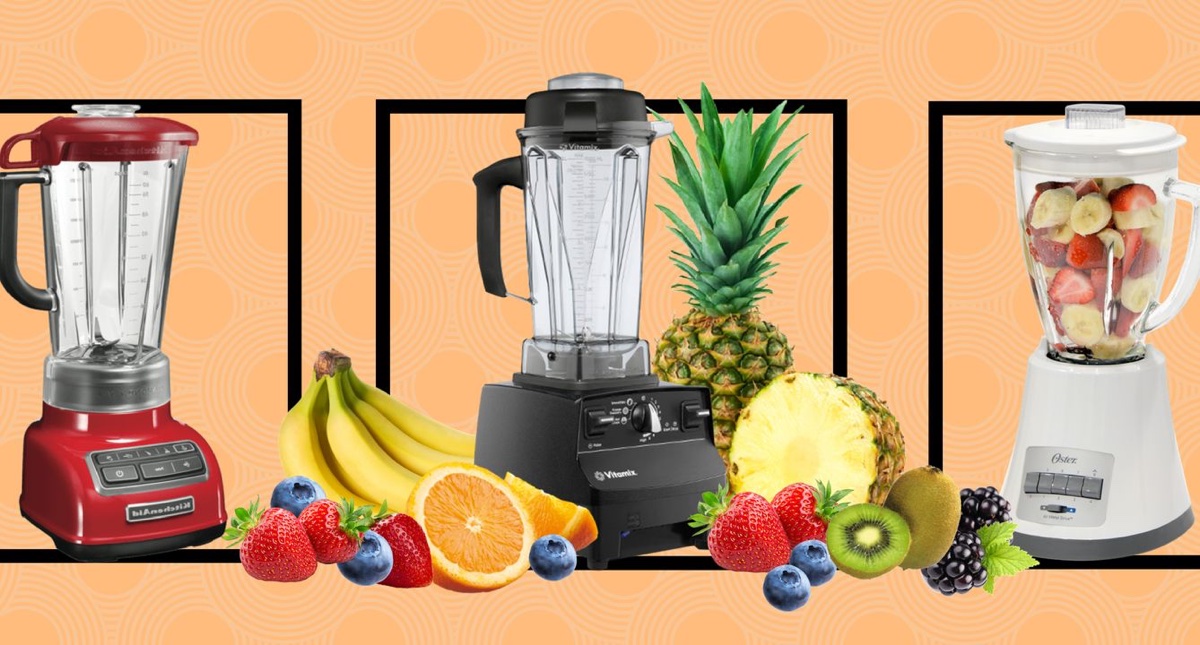
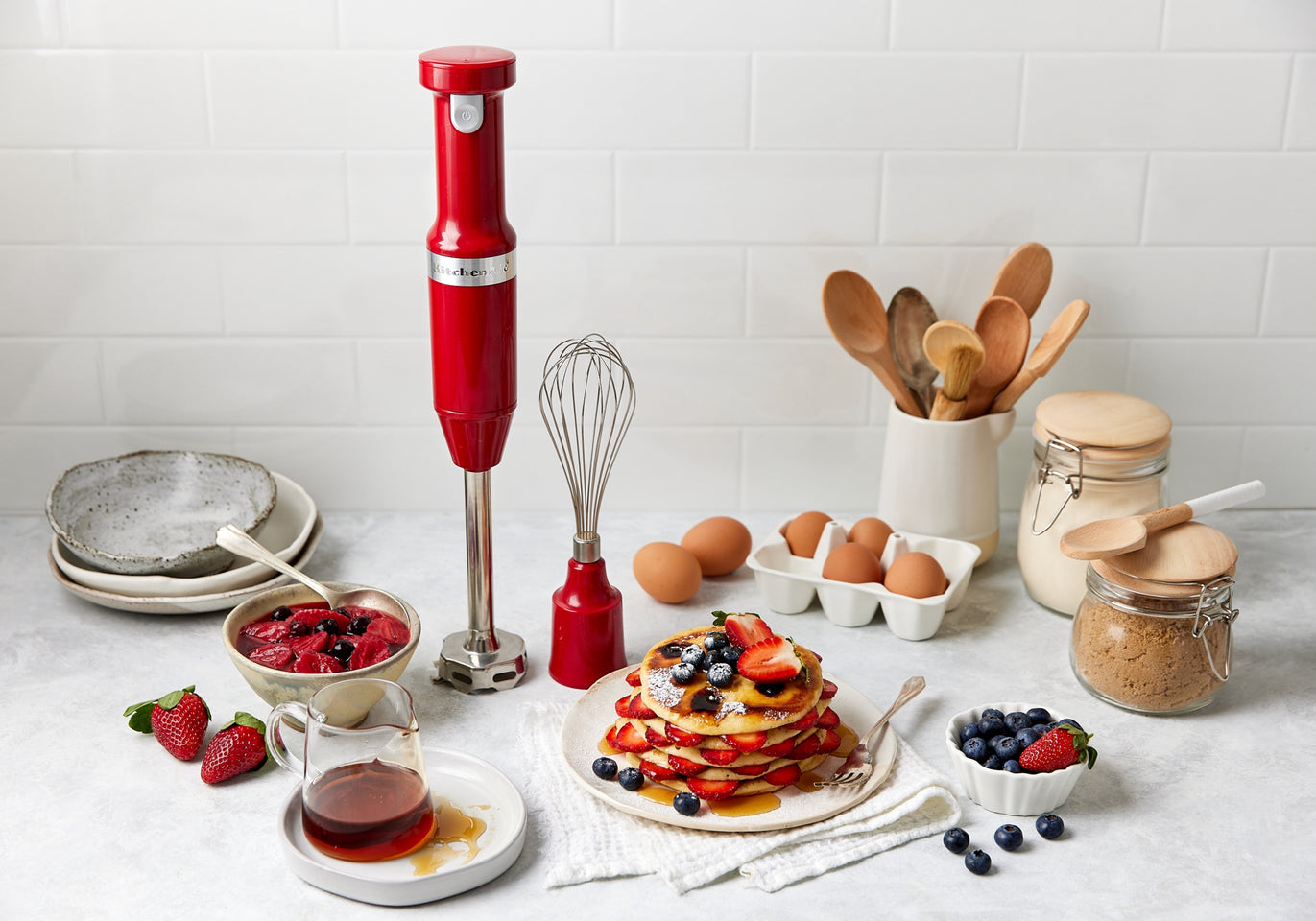
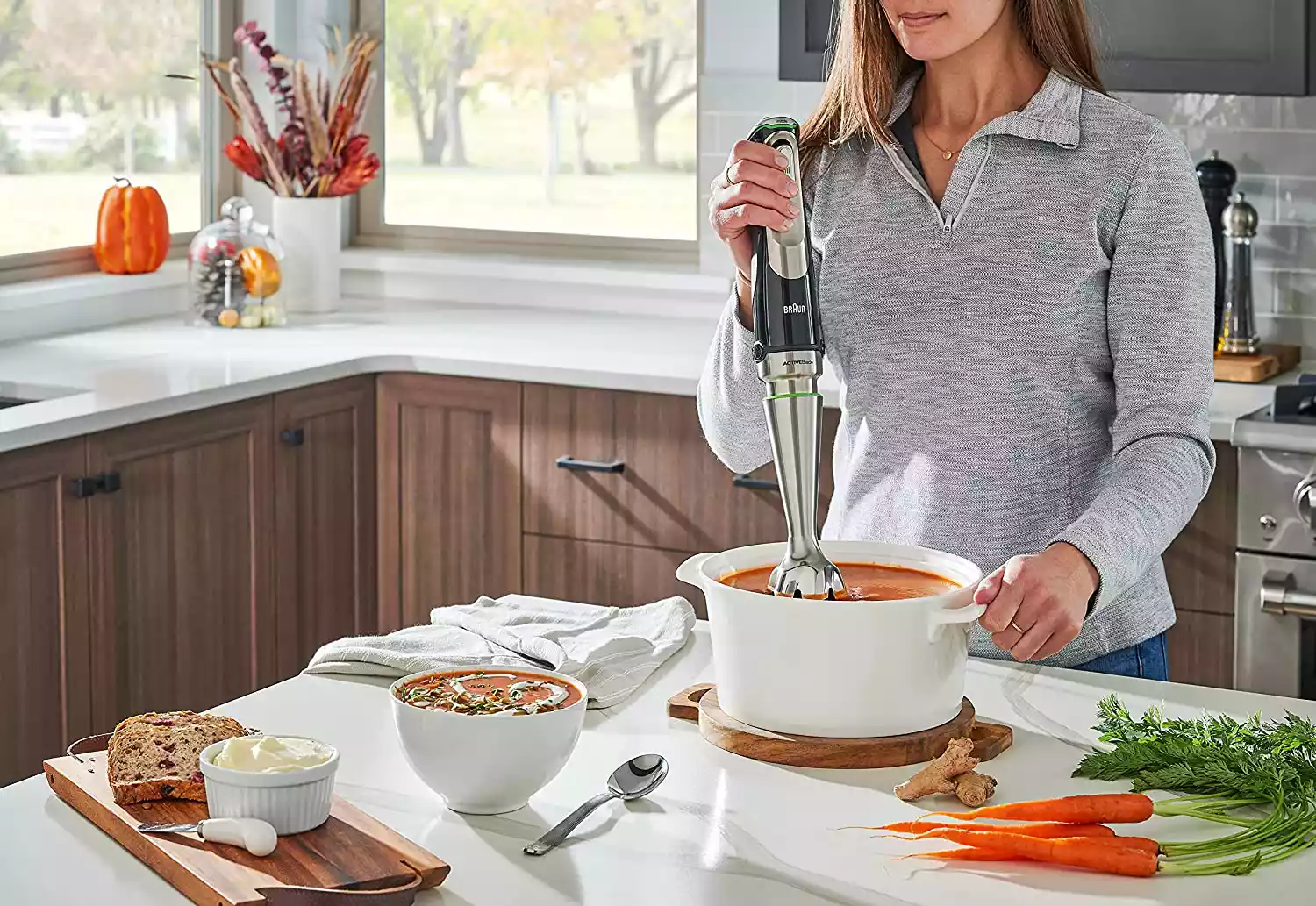
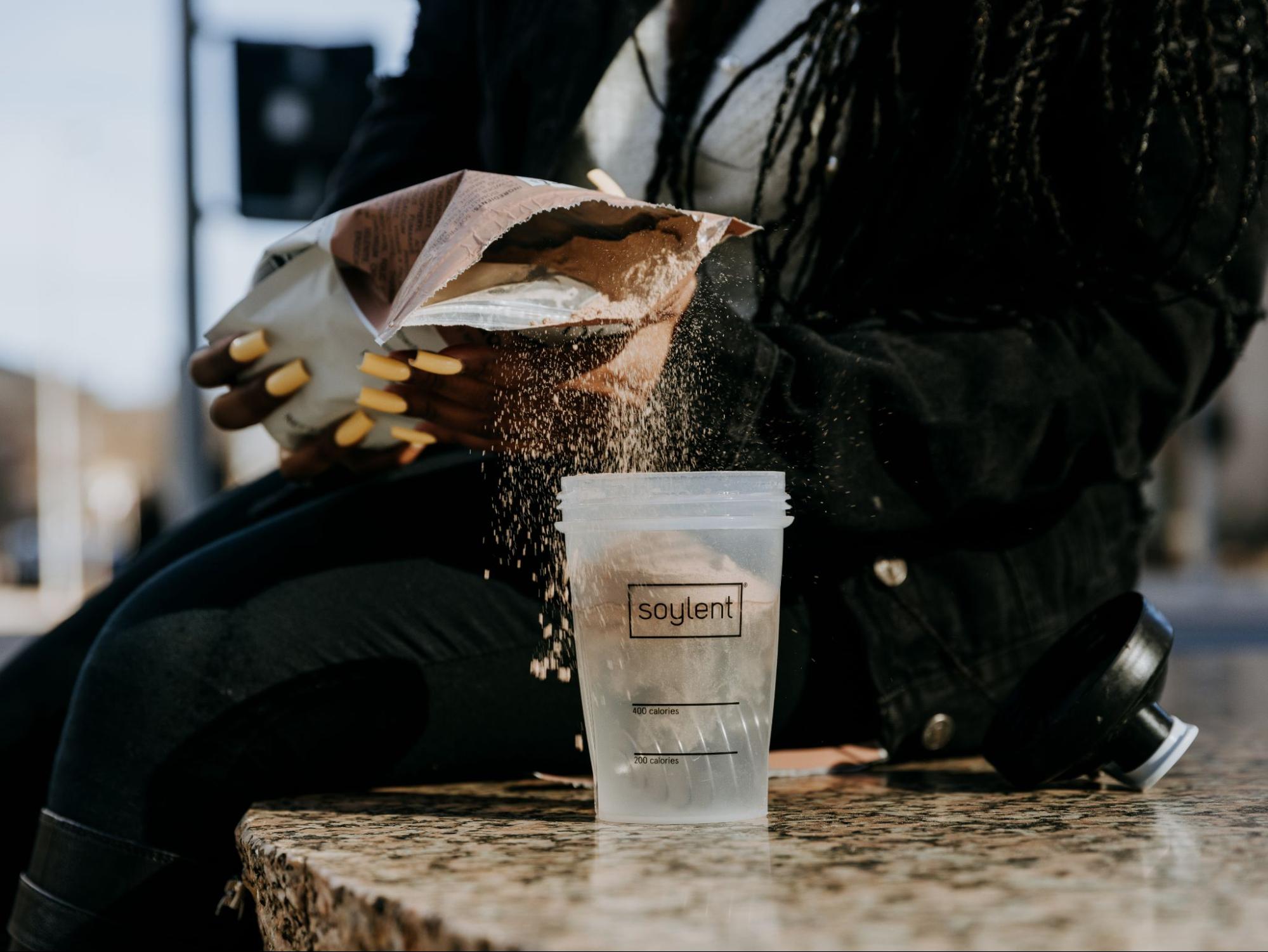
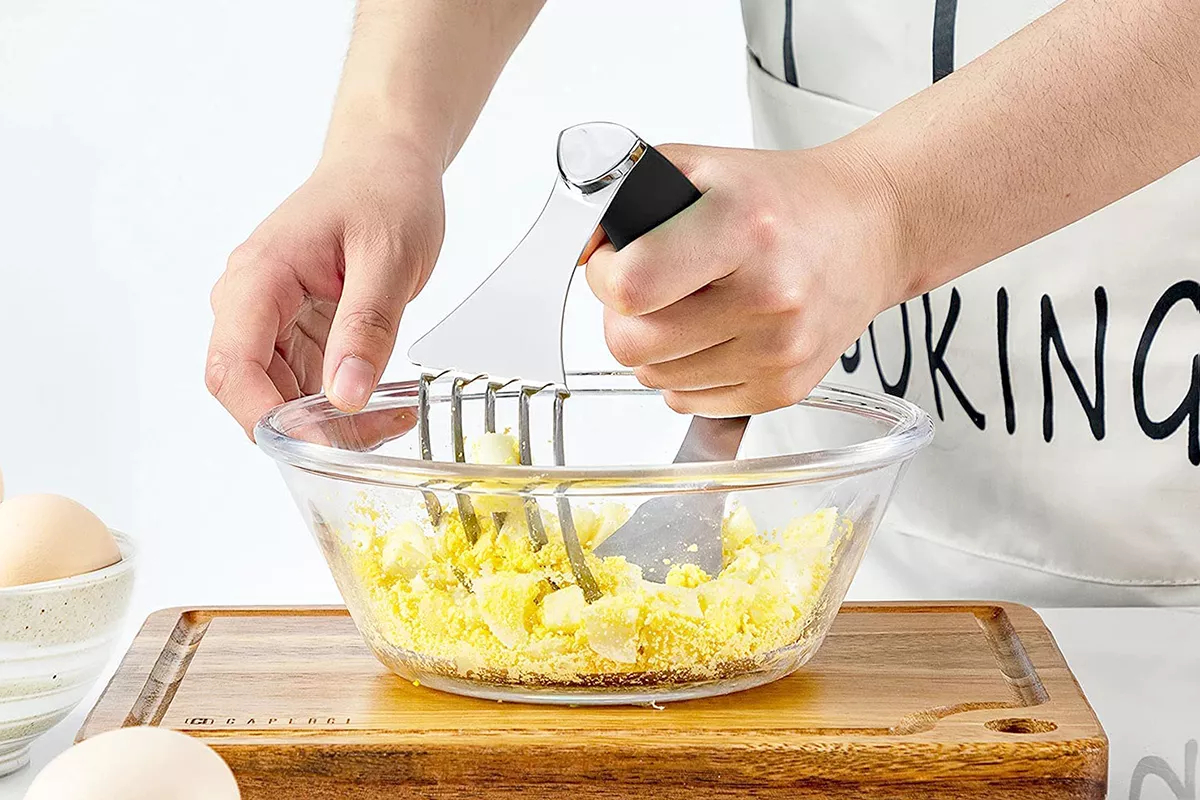
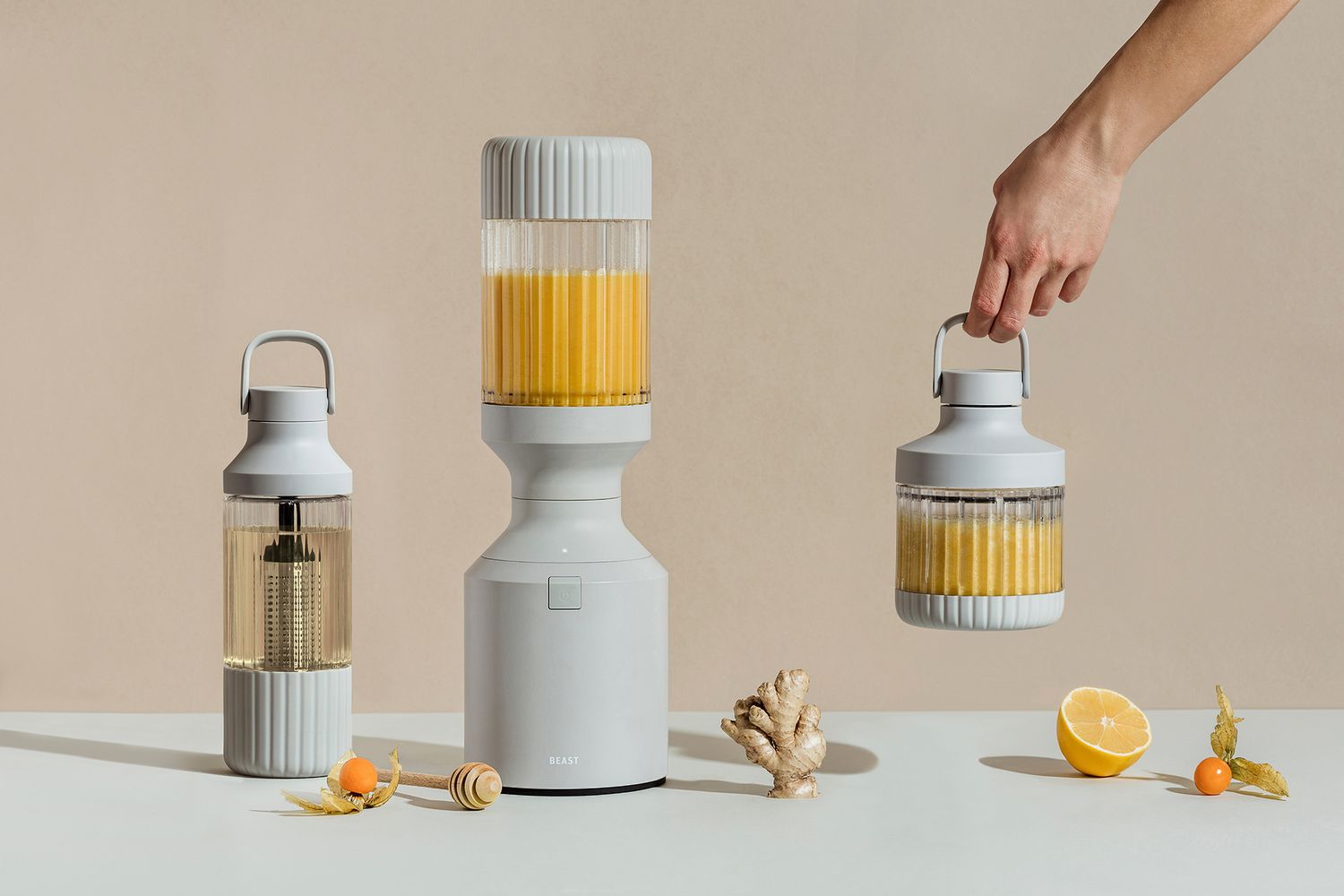
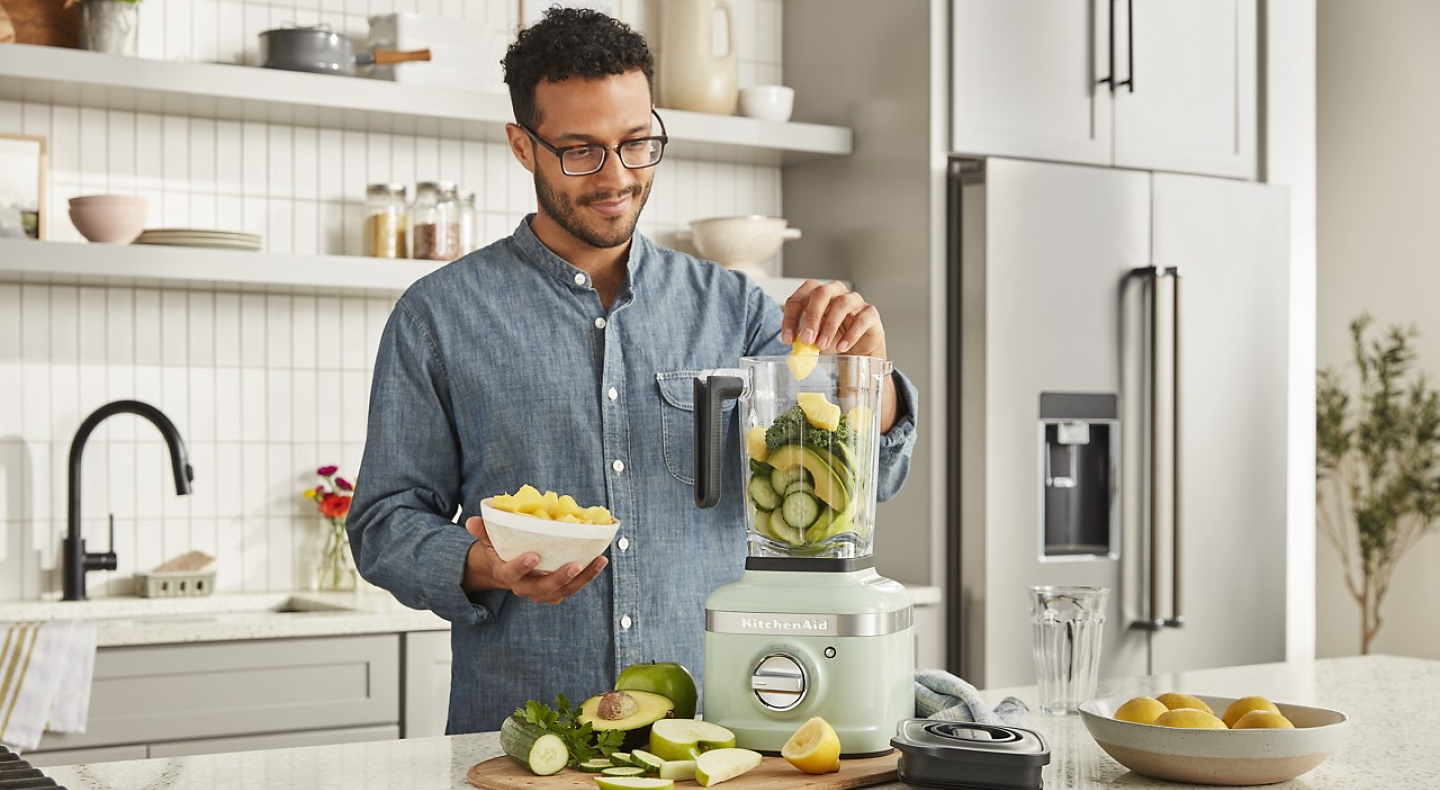
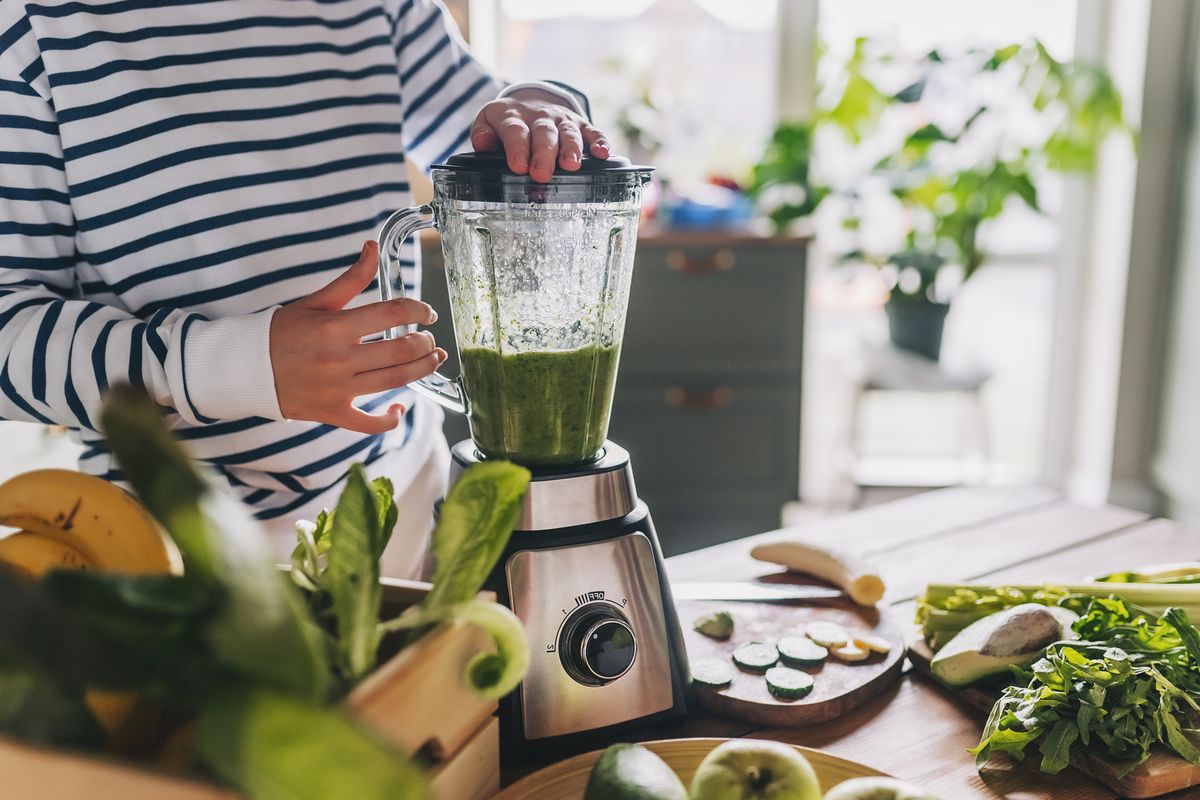
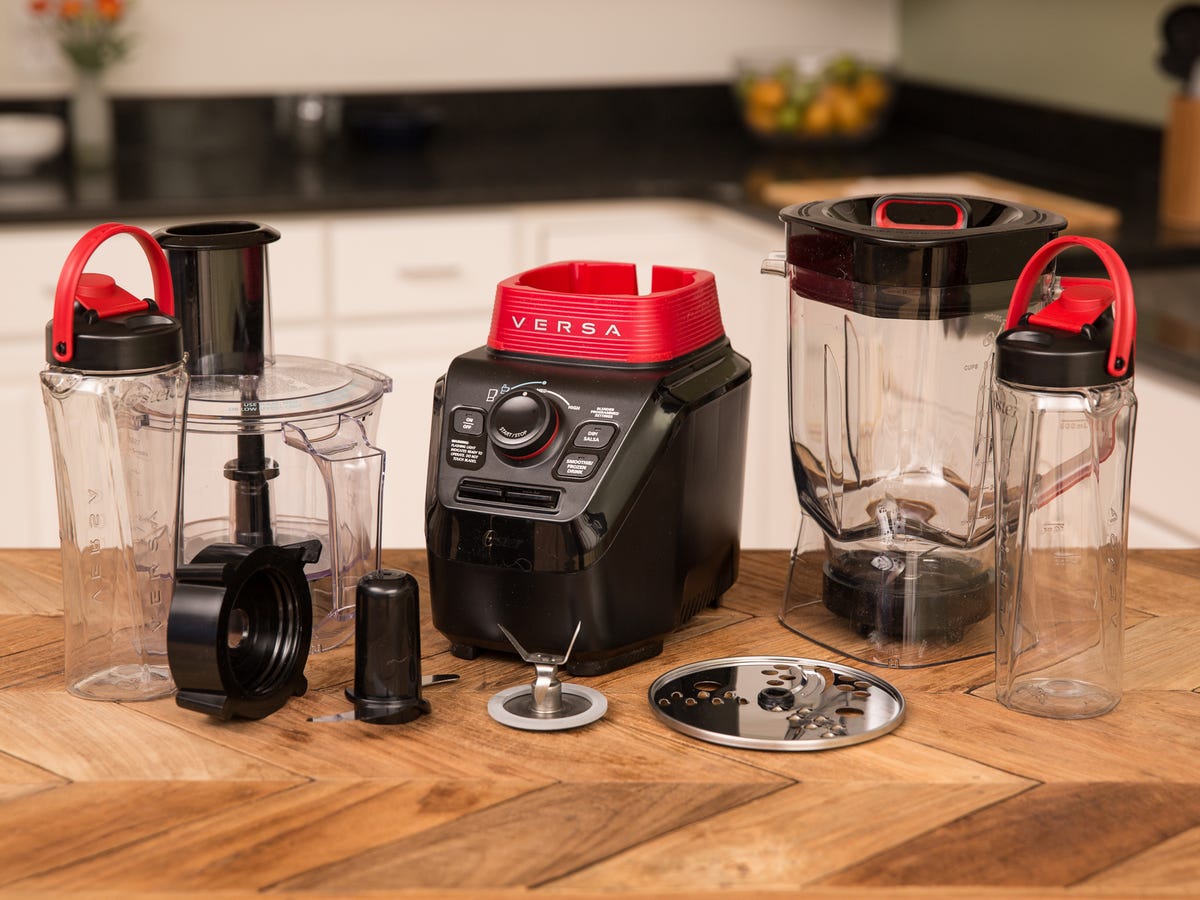
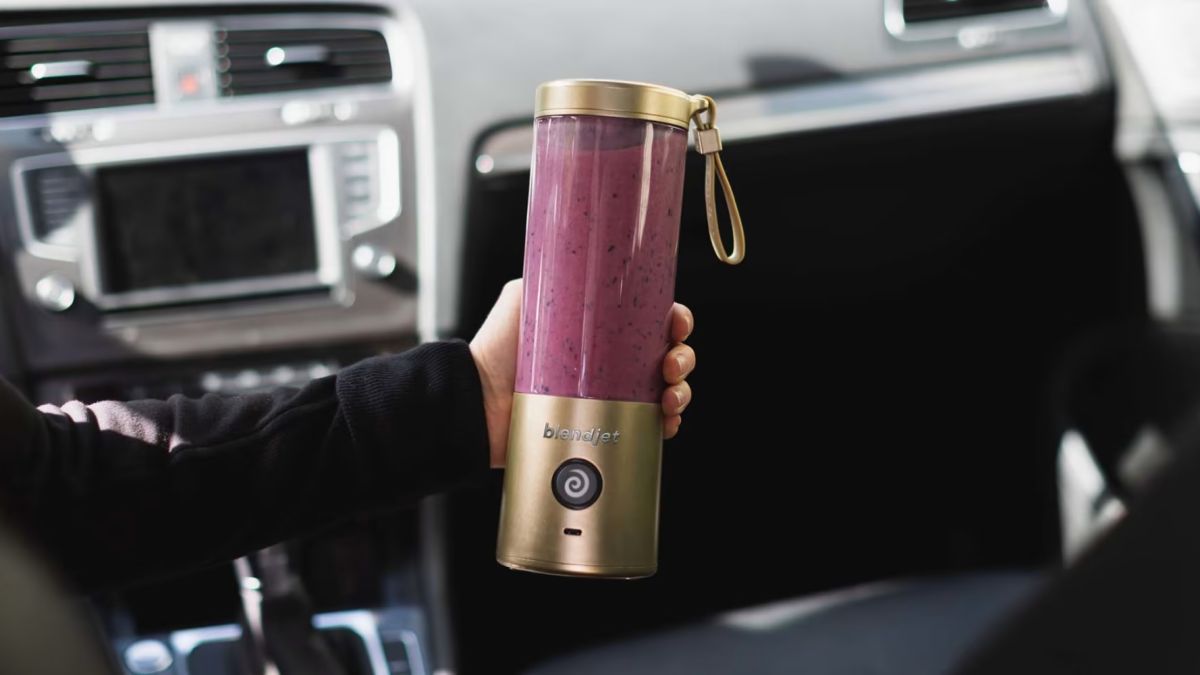
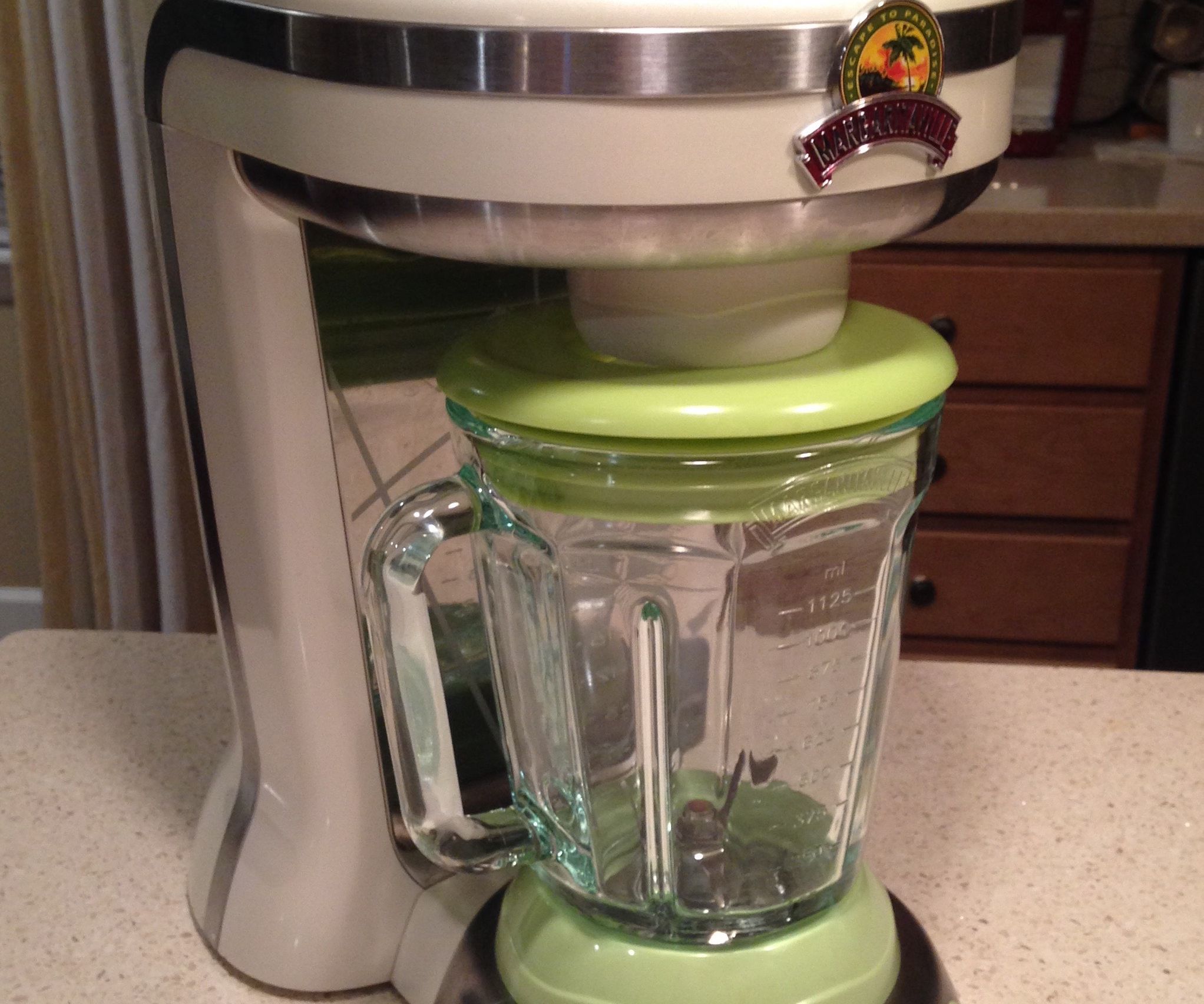
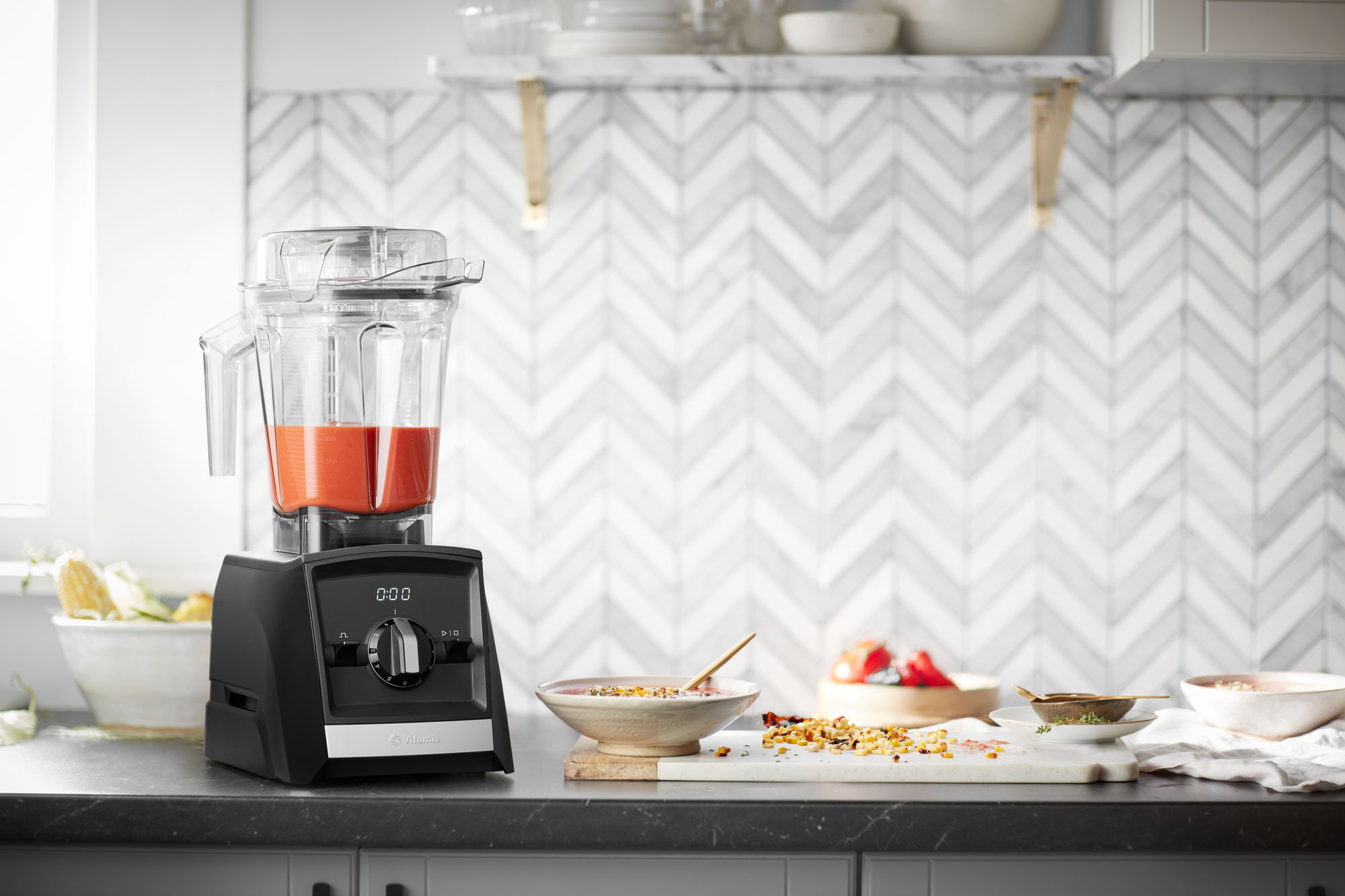
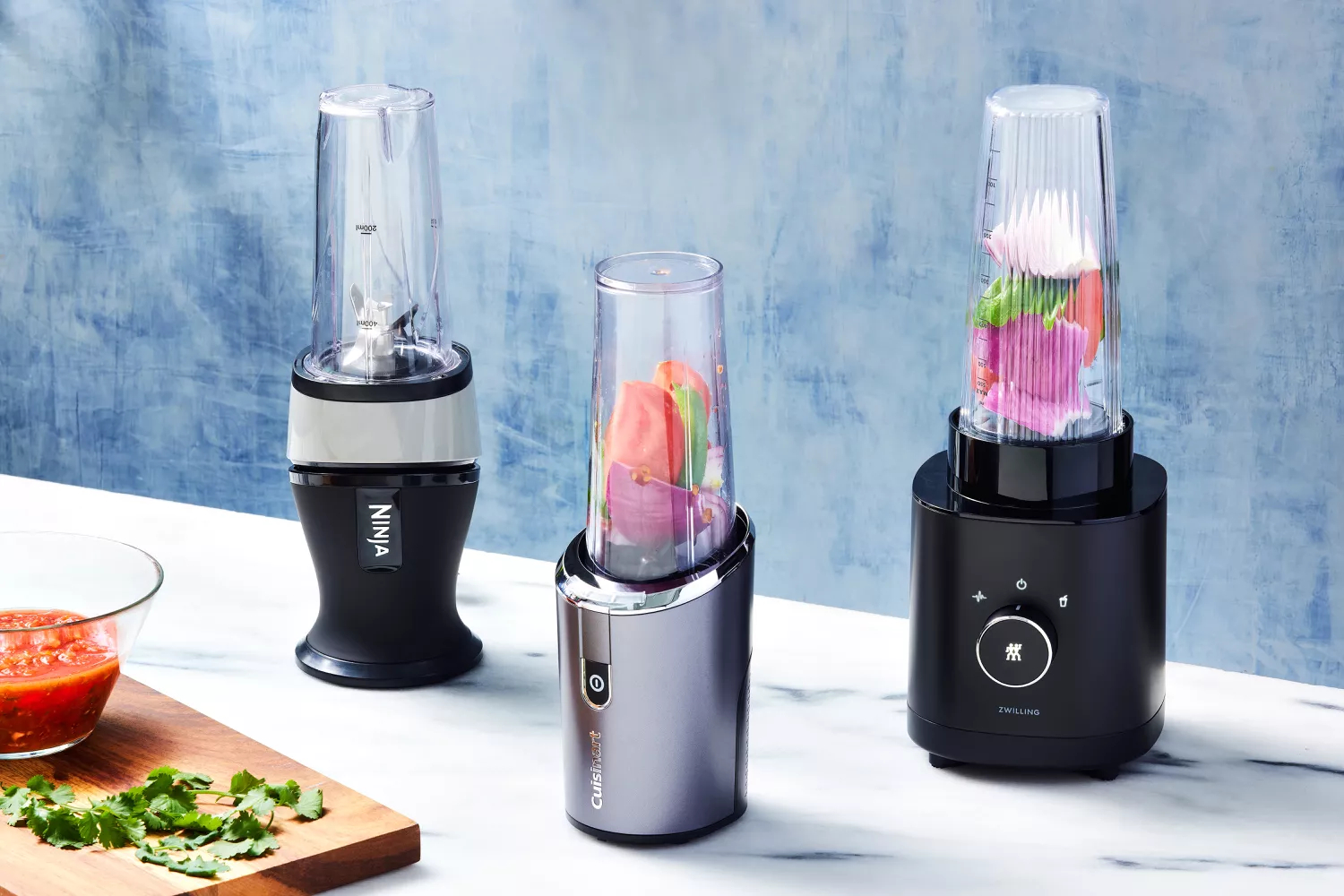

0 thoughts on “What To Use A Blender For”